Optimizing Training Frequency and Volume for Masters Powerlifters
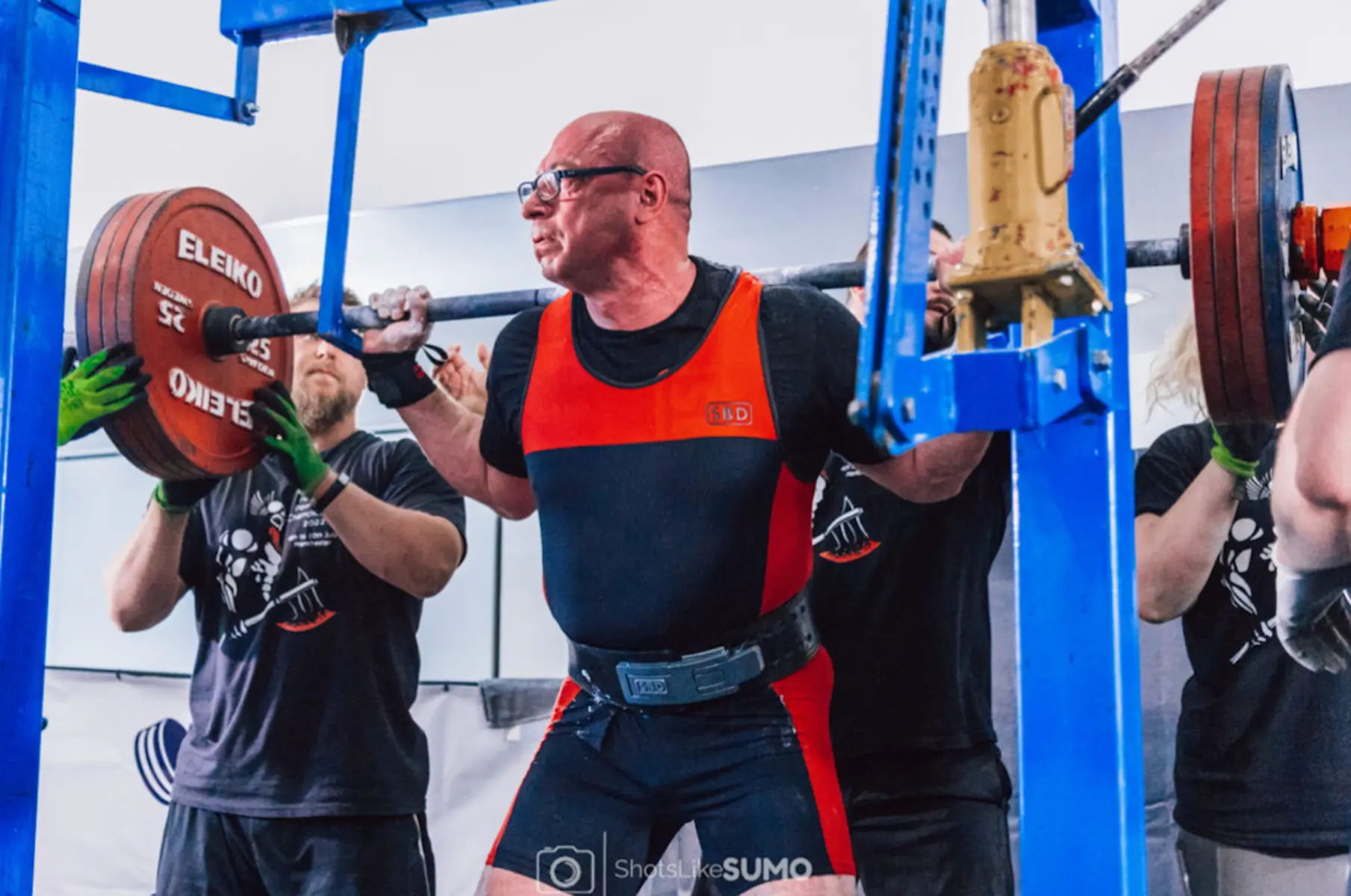
What's In This Article
- Key Takeaways
- Tailoring Training Volume for Masters Powerlifters
- Training Frequency for Longevity in the Sport
- The Intersection of Intensity, Volume, and Frequency
- Key Exercises and Their Impact on Training Variables
- Periodization for Masters: Structuring a Long-Term Powerlifting Program
- Monitoring and Adapting: The Key to Sustainable Lifting
- Special Considerations for Injury Prevention and Management
- Lifestyle Factors Influencing Training Adaptations
- Summary
- Frequently Asked Questions
- References and Resources
Key Takeaways
- Masters powerlifters must customize their training volume and frequency by considering age, previous injuries, recovery capabilities, and lifestyle while balancing intensity to optimize progress and prevent overtraining.
- Proper periodization strategies, including block, undulating, and linear periodization, are essential for long-term strength development and recovery in masters powerlifting programs.
- Injury prevention, stress management, nutrition, and sleep are critical lifestyle aspects that influence training adaptations and must be carefully managed to sustain progress and enhance recovery in masters powerlifters.
Tailoring Training Volume for Masters Powerlifters
In powerlifting, training volume is a foundational element. It’s a balance between intensity and amount of volume, gradually increasing over time and focusing on meaningful work sets for optimal progress.
Dr. Brad Schoenfeld, a hypertrophy specialist, proposes that older adults may need to adjust their volume based on individual recovery capabilities. He states, "While some older lifters may thrive on higher volumes, others might need to reduce total weekly sets to optimize recovery and progress."
Masters powerlifters must customize their volume and rep ranges to accommodate factors like previous injuries, recovery capability, and lifestyle demands.
The Role of Volume in Muscle Strength
- Volume plays a significant role in muscle strength. Implementing higher volume early in the program helps to initiate an anabolic response, signalling the body to increase muscle density.
- The primary goal of a hypertrophy phase in powerlifting is to stimulate muscle growth and establish a solid strength foundation, which is greatly influenced by the level of volume.
- A 2024 study by de Souza Rocha et al. showed that high-volume outperforms low-volume resistance exercise in enhancing muscle strength, particularly in longer interventions with independent older adults.
- However, while training with more weight can enhance the effect, it also necessitates extended recovery periods to avoid overtraining.
Adjusting Volume for Age and Experience
- Training volume is not a one-size-fits-all concept. For master powerlifters, age and experience significantly influence the total volume within the length of the training period.
- Age-related muscle mass reductions and recovery ability require careful consideration of total volume. Even untrained subjects and those at lower performance levels can still improve with less frequency.
- A recent research review by Radaelli et al. (2024) found that even low resistance training volumes can significantly improve physical function, lean mass, and muscle size in healthy older adults.
- The solution is to individualize the approach, considering the athlete’s age, powerlifting experience, and recovery ability.
Volume Management Techniques
- If you’re a master powerlifter, you may ask yourself, “What’s the best way to manage my training volume?”
- Techniques like deloading periods, where volume and intensity are intentionally reduced, are critical to facilitate recovery and prevent overtraining.
- Additionally, auto-regulation techniques like RPE scaling and velocity-based training are different ways to allow masters powerlifters to adjust daily volume based on readiness and performance. This, in turn, optimizes performance outcomes.
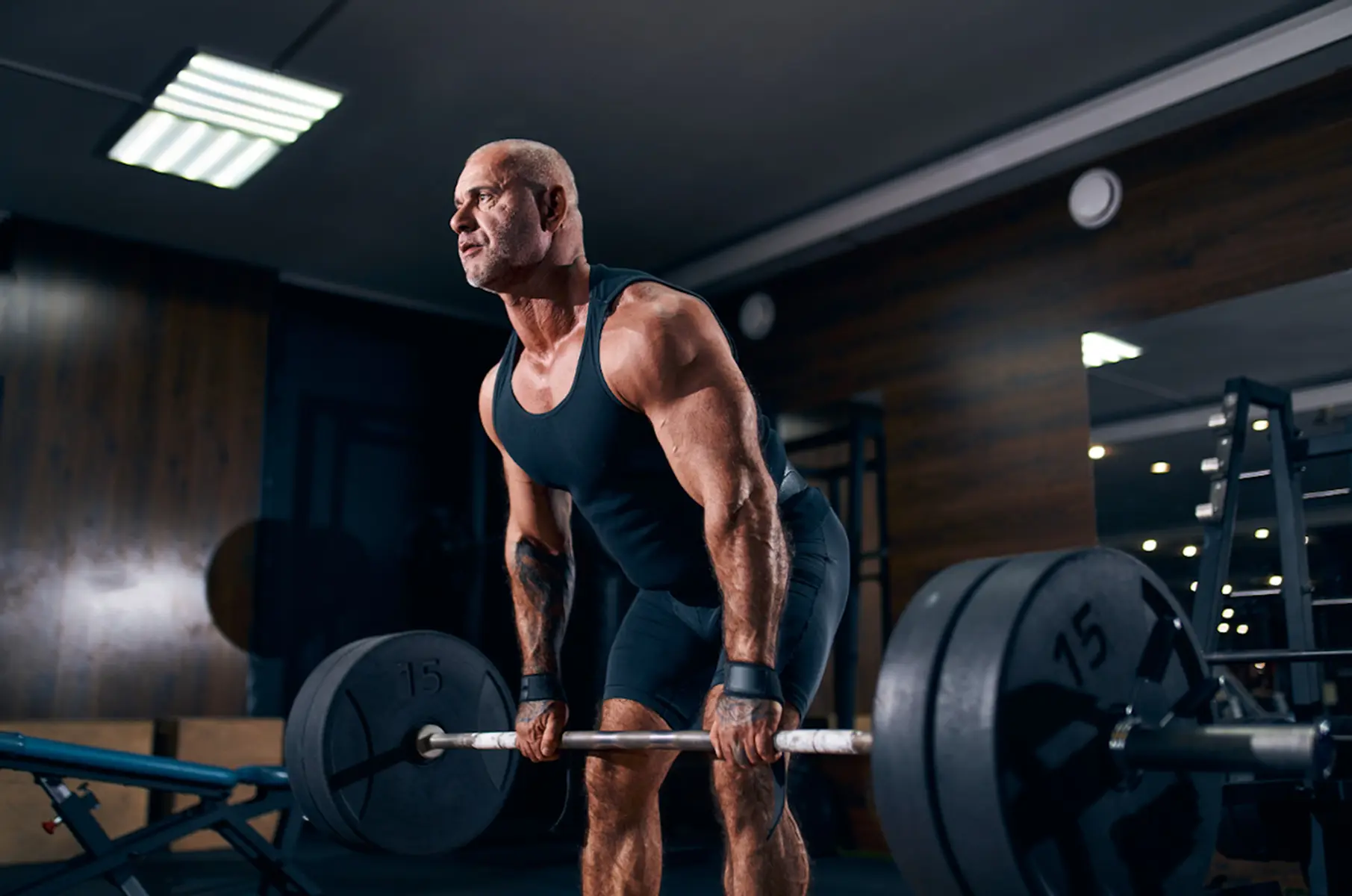
Training Frequency for Longevity in the Sport
Training frequency is a consideration in powerlifting, as it often includes both the low frequency condition and higher training frequencies. It’s all about maintaining the sweet spot between total volume and the recovery time needed, potentially discovering a range of frequencies to enhance performance.
- Achieving optimal results generally involves a roughly linear relationship with a given frequency of 3 to 4 times per week. Murlasits et al.'s 2012 study reported comparable muscle strength and lean body mass adaptations in older adults training 2 or 3 times per week.
- Mark Rippetoe, renowned strength coach and author, advocates a conservative approach. He recommends that older adults start with a three-day-per-week full-body program, focusing on compound movements like squats, deadlifts, and presses.
- Dr Stuart Phillips, a professor of kinesiology, suggests that older adults can achieve significant strength gains with as little as two weekly resistance training sessions. He notes, "Consistency is key. Two well-designed sessions per week can be highly effective for maintaining and building strength in seniors."
However, remember that responses to the effects of training frequency can vary greatly, with higher frequencies leading to more significant strength gains in some, especially regarding the number of sets performed. In contrast, others may experience detrainment with extended periods between sessions.
Understanding Recovery Time for Masters Athletes
- A masters athlete must understand that age-related physiological changes may lengthen the recovery time.
- This slower recuperation rate necessitates longer recovery periods between high-volume sessions than younger athletes.
- Therefore, a gradual increase in the level of training is recommended to accommodate the longer recovery times associated with ageing.
Frequency Adjustments for Sustained Strength Gains
- Similar to the effect of total volume load and volume, individual adjustments must be made for training frequency to maximize strength gains, considering factors such as training status, gender, and targeted muscle groups.
- Interestingly, both low-frequency and high frequency conditions can yield comparable strength gains when resistance training volume is equal.
- Remember that for masters lifters, less frequent sessions with hard sets can provide sufficient recovery time and help avoid overtraining.
High Frequency Training vs. Lower Frequency: Pros and Cons
- When considering high training frequencies versus lower frequencies, evaluating the benefits and drawbacks is essential.
- While high-frequency training has been associated with a faster rate of muscle growth and significant increases in muscle thickness, the responses are highly individual.
- On the other hand, different frequencies, such as lower frequency training, have their benefits, accommodating individuals with less time and those preferring longer recovery periods.
- However, higher training frequencies can also benefit some individuals., giving higher weekly strength gains.
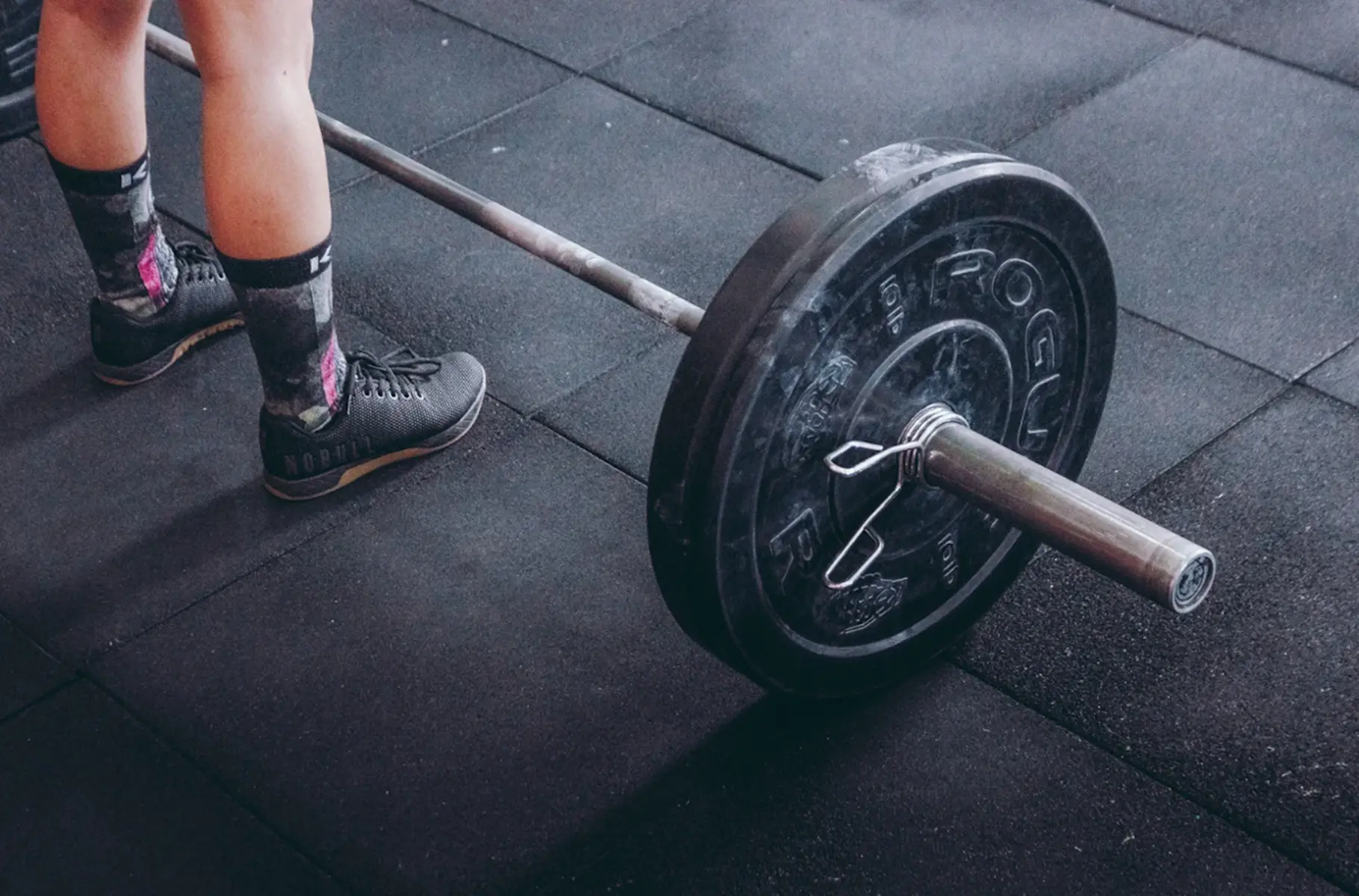
The Intersection of Intensity, Volume, and Frequency
Navigating this intersection involves a careful balance. Incorporating variety in training intensity and volume allows masters powerlifters to target different neuromuscular adaptations and ensure adequate recovery.
High-intensity strength exercise (>75% of maximal strength capacity) has been shown by Mayer et al. (2011) to trigger more significant increases in strength compared to medium or low-intensity training in individuals over 65 years old.
Strategic planning of periods of reduced intensity and increased volume helps build recovery into the program, preventing detraining effects.
Balancing Intensity with Volume
- Achieving a balance between intensity and volume in powerlifting can feel challenging.
- On one hand, high intensity is necessary for strength gains, while high volume is associated with muscle hypertrophy. High reps are associated with muscle endurance, while a one rep max assesses strength.
- Yet, both should be carefully balanced to prevent overtraining.
- Separating volume and intensity into distinct sessions and incorporating variety allows masters powerlifters to target different neuromuscular adaptations and ensure adequate recovery.
Strategic Planning of High-Intensity Sessions
- Strategic planning of high-intensity sessions is crucial for optimizing both performance and recovery.
- Techniques like auto-regulation and velocity-based training can help effectively calibrate the intensity of each session.
- Including phases of block periodization that focus on lifting loads at 90% or greater of your 1RM can enhance your rate of force development, speed, and power.
Adapting Training Variables for Optimal Performance
- Modifying variables such as volume, intensity, and exercise selection can enhance performance.
- For instance, with proper intensity, volume manipulation plays a significant role in achieving both neural and muscular adaptations fundamental to strength gains.
- Moreover, including variations within microcycles through heavy/light days assists in managing fatigue and mitigating overtraining risks while training a broad spectrum of power outputs.
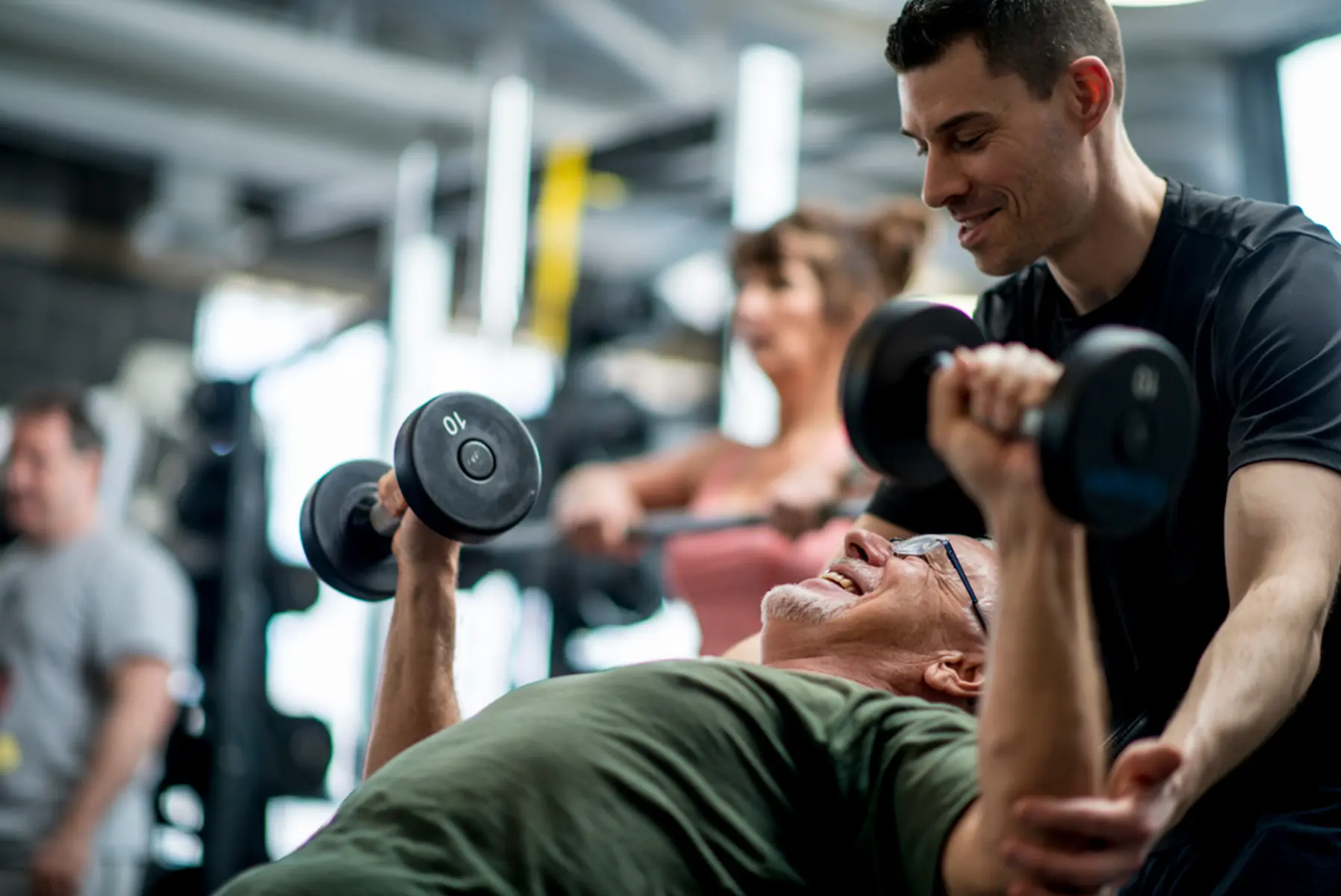
Key Exercises and Their Impact on Training Variables
The primary exercises are the squat, bench press, and deadlift, which form the base of a powerlifting program. Compound movements engage multiple muscle groups, allowing maximum benefit with less volume.
Additionally, accessory exercises are important for addressing weaknesses and preventing neglect of certain muscle groups.
Exercise Selection for Maximum Efficiency
- Choosing exercises for maximum efficiency can be compared to picking the right tools for a task.
- Bilateral, multi-joint exercises that include complete dynamic movements, such as squats, pull-ups, and bench presses, are crucial for maximizing strength training efficiency with limited time.
- A program that includes at least one leg pressing exercise, one upper body pulling exercise, and one upper body pressing exercise ensures coverage of all major muscle groups, effectively targeting each.
Accessory Work: Complementing the Big Lifts
- Consider accessory work as the supporting role. These exercises improve weak points, correct postural issues, and contribute to holistic strength development.
- Exercises like barbell rows, lunges, and overhead presses foster a balanced strength profile and minimize the risk of injury.
Warm-Up Sets: Preparing Muscles and Nervous System
- Warm-up sets prime the nervous system and muscles for the demands of heavy lifting, ensuring safety and enhancing performance.
- Graduated warm-up sets that build up to the working weight allow lifters to practice technique and adjust to the load mentally and physically.
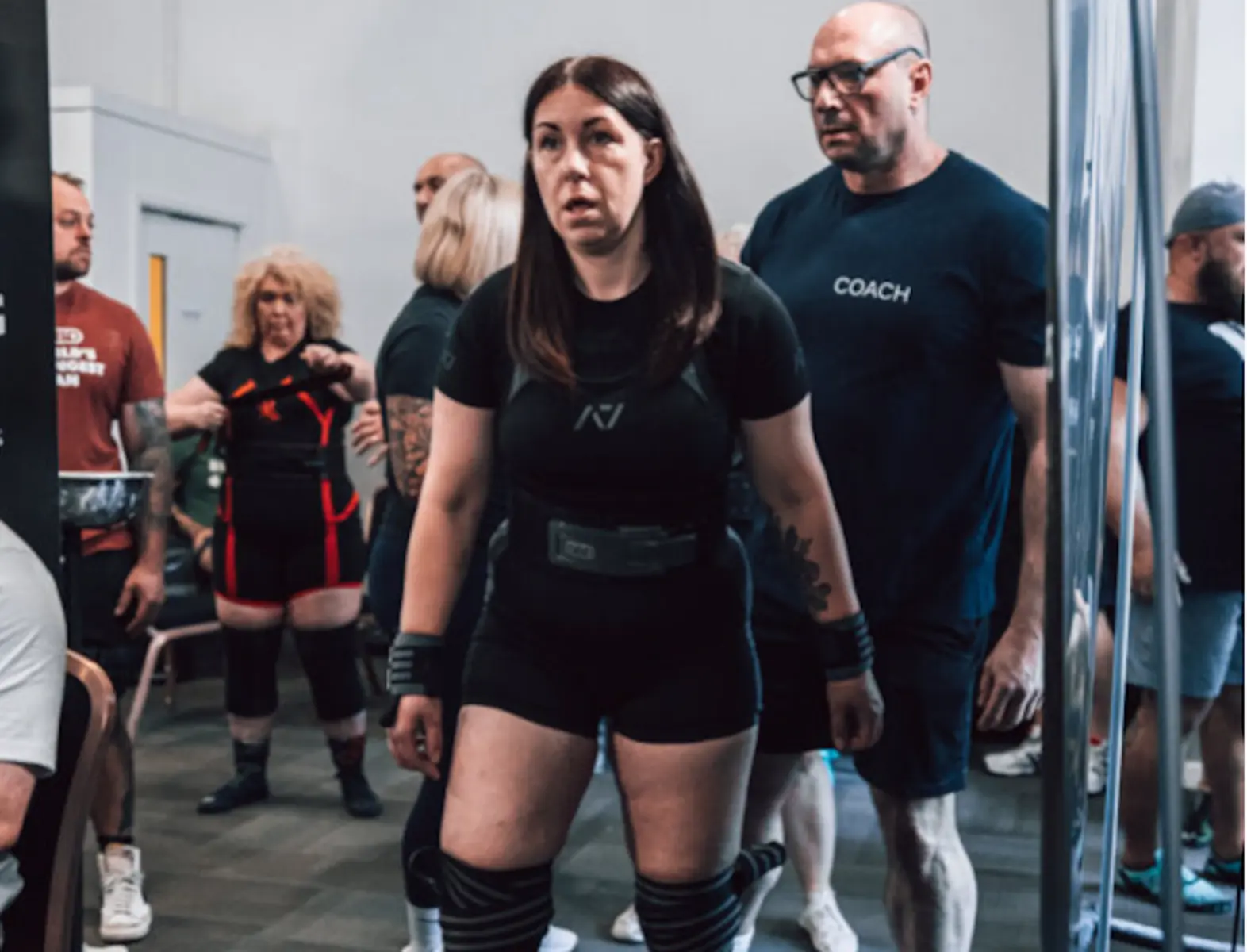
Periodization for Masters: Structuring a Long-Term Powerlifting Program
Block, undulating, and linear periodization can structure long-term powerlifting programs. Each form of periodization caters to long-term strength development for master powerlifters, allowing for the incorporation of planned periods of detraining within a powerlifting program to recover from the constant stress of lifting and overload.
Coach Louie Simmons, known for his work with elite powerlifters, believes that older trainees can still benefit from higher volume training. He recommends using a conjugate method, alternating between heavy and light days, to allow for adequate recovery while maintaining frequency.
Implementing Block Periodization
- In block periodization, each block lays the foundation for the next. Concentrated loads emphasize a specific aspect of physiological development to potentiate subsequent training phases.
- For masters athletes, block periodization involves specially concentrated, specialized workloads targeting specific abilities to ensure effective adaptation and larger strength gains.
Undulating Periodization for Continuous Adaptation
- Undulating periodization, with its varied stimuli, ensures continuous adaptation.
- Frequent high and low volume changes facilitate neuromuscular recovery and keep the body challenged.
- As a result, undulating periodization helps prevent detraining effects that can occur with linear periodization models.
Linear Periodization for Progressive Overload
- Linear periodization methodically uses slow, controlled increases in resistance to amplify workouts over time, demonstrating the principle of progressive overload.
- This approach ensures volume and intensity progressively increase to advance strength development.
- However, a recognized challenge in linear periodization is maintaining specific training parameters when the athlete moves to a subsequent phase focused on distinct outcomes such as competition prep.
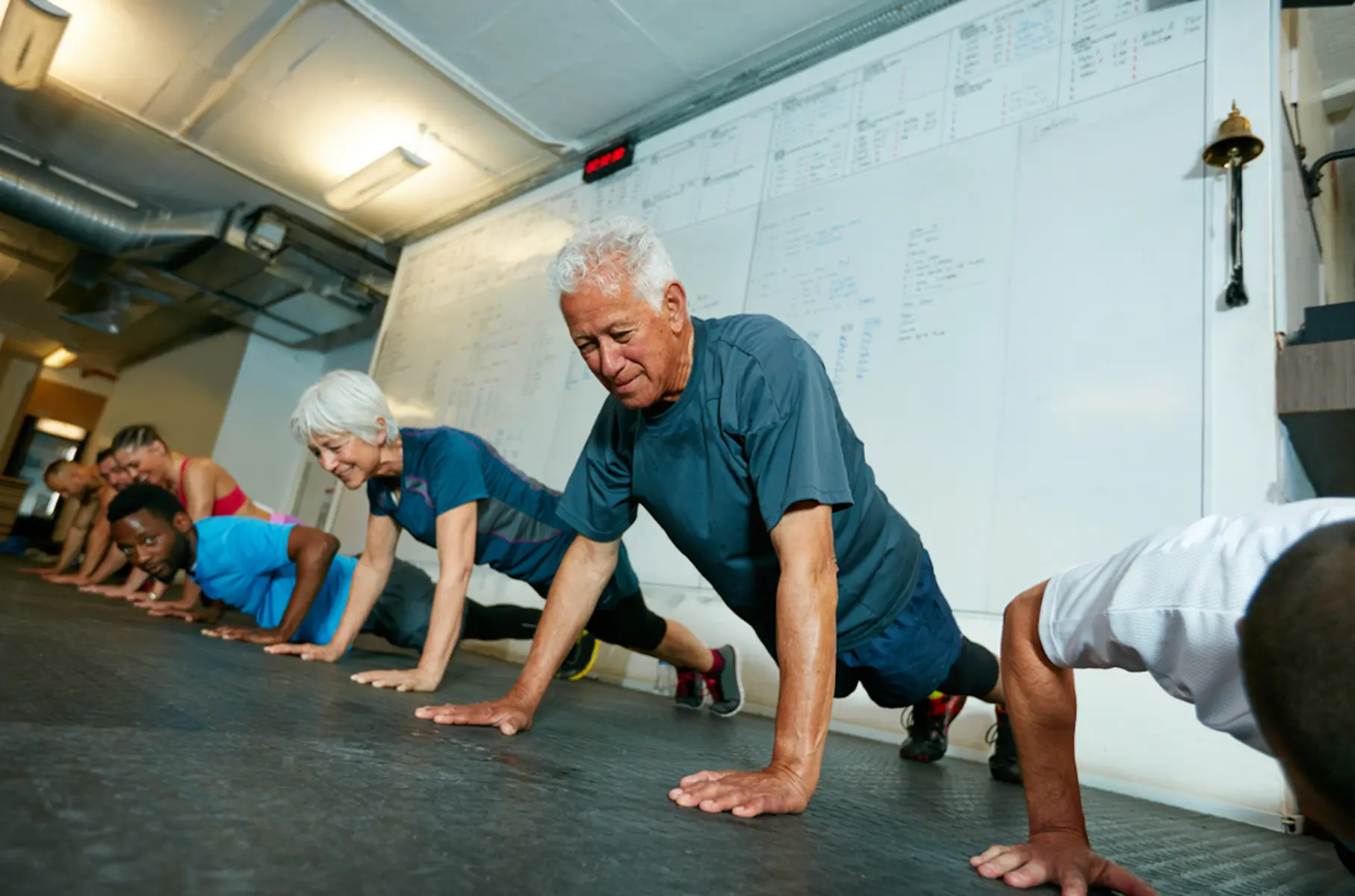
Monitoring and Adapting: The Key to Sustainable Lifting
The keys to sustainable lifting lie in monitoring and adapting. Consistent evaluation of variables ensures alignment with goals and enables necessary adjustments as bodies and needs change over time. It’s all about balancing stress and recovery, maintained through ongoing monitoring.
Tracking Progress for Masters Powerlifters
For a lot of people, tracking progress is essential. Keeping a detailed record of sessions can help you track. This includes:
- Pre-planned sets
- Reps
- Weights
- Notes on execution
Regular strength testing can also be an effective way to measure increases in strength and monitor consistent progress over time.
When to Modify Your Training Plan
- Recognizing when to alter your plan holds equal importance to the plan itself.
- Signs such as undue fatigue, mood swings, or a decline in general health may indicate that training intensity or frequency is unsustainable and contributes to elevated stress levels.
- Changes in life circumstances also require plan adaptations to maintain consistency and prevent burnout.
The Role of Coaching and External Feedback
- Coaches facilitate athlete progress using verbal and written instructions and feedback, which is critical for skill development.
- They provide objective assessments to help lifters maintain clarity and emotional balance by highlighting discrepancies between subjective perceptions and actual performance.

Special Considerations for Injury Prevention and Management
Proper powerlifting training places a high emphasis on preventing and managing injuries. Designing training programs for older individuals should consider the unclear dose-response relationship of volume on muscle damage and the number of subjects involved to avoid injuries.
Prehabilitation and Rehabilitation Exercises
- Think of prehabilitation and rehabilitation exercises as your body’s insurance, providing a safety net against possible injuries.
- These tailored exercises, such as movements targeting the rotator cuff, hip abductors and adductors, and core stabilizers, strengthen vulnerable areas.
- Incorporating flexibility and mobility work can support performance and reduce the risk of injury.
The Importance of Technique and Form
- Improper movements may result in muscle imbalances and additional joint stress and injuries.
- Consistently practicing lifts with proper form decreases the risk of acute injuries and the development of chronic issues over time.
- Periodic video recordings of lifts can be invaluable for tracking technical progress and identifying areas needing correction.
Using Supportive Gear Wisely
- Consider supportive gear offers benefits for both performance and protection.
- Weight belts support the spine by cueing additional abdominal bracing during heavy lifts.
- Knee sleeves facilitate increased blood flow, reduce swelling, and secure the knee cap to prevent tendon irritation.
- Wrist wraps stabilize the wrists during pushing movements, which is beneficial as the wrist muscles are not used to extreme weights.
##8##
Lifestyle Factors Influencing Training Adaptations
Nutrition, sleep quality and quantity, and stress management techniques significantly influence training adaptations.
Proper nutrition can make a huge difference to recovery and performance, impacting your ability to handle volume and frequency. Adequate sleep, both in quality and quantity, is essential to recover effectively and adapt to training stress.
Nutrition for Recovery and Performance
- Consuming protein post-exercise can help repair and rebuild damaged muscle tissues during intense lifting.
- Carbohydrates play a critical role in replenishing muscle glycogen stores post-workout.
- Micronutrients, such as vitamins and minerals, facilitate energy metabolism and tissue repair, underscoring the need for a balanced diet.
Sleep Quality and Quantity for Optimal Recovery
- The National Sleep Foundation recommends that adults get 7-9 hours of sleep per night for optimal health and recovery.
- Good sleep hygiene practices, such as maintaining a regular sleep schedule and creating a comfortable sleep environment, can improve sleep quality.
Stress Management Techniques
- Signs such as undue fatigue, mood swings, or a decline in general health may indicate that intensity or frequency is unsustainable and contributes to elevated stress levels.
- Stress management interventions, especially multimodal approaches, can optimize the stress experience, mitigating the effect of volume and enhancing athletic performance.
Summary
This detailed guide explored how to adjust powerlifting for older powerlifters to promote healthy aging. Understanding volume's impact on strength and finding the right workout frequency are key. To create a sustainable powerlifting plan, carefully balance intensity, volume, and frequency. Good nutrition, sleep, and stress management are crucial for progress.
Frequently Asked Questions
What is the optimal training volume for powerlifting?
For optimal strength and muscle growth in powerlifting, most intermediate/advanced individuals should aim for 10-20 sets per week per muscle group, focusing on working sets taken to within 4-5 reps of failure.
What is the optimal frequency for Strength Training?
For untrained individuals, the optimal frequency for powerlifting is 2-3 times per week, while trained and advanced lifters may benefit from 3-6 times per week as a general rule.
How does training volume influence muscle strength?
Higher volume early in training promotes anabolic responses and muscle growth, which is crucial in muscle strength.
How do we adjust the volume for age and experience?
To adjust the volume for age and experience, consider the age-related reductions in muscle mass and recovery ability for powerlifters and carefully adjust the total volume in a single training session and the overall training programs. This is particularly important for masters athletes.
What is the significance of periodization for masters powerlifters?
Periodization is crucial for masters powerlifters as it helps plan effective strength and power programs by integrating overload, variation, and specificity principles.
References and Resources
- Mayer, F., Scharhag-Rosenberger, F., Carlsohn, A., Cassel, M., Müller, S., & Scharhag, J. (2011). The intensity and effects of strength training in the elderly. Deutsches Ärzteblatt International, 108(21), 359-364.
- Murlasits, Z., Reed, J. P., & Wells, K. (2012). Effect of resistance training frequency on physiological adaptations in older adults. Journal of Exercise Science & Fitness, 10(1), 28-32.
- Radaelli, R., Rech, A., Molinari, T., Markarian, A. M., Petropoulou, M., Granacher, U., Hortobágyi, T., & Lopez, P. (2025). Effects of resistance training volume on physical function, lean body mass and lower-body muscle hypertrophy and strength in older adults: A systematic review and network meta-analysis of 151 randomised trials. Sports Medicine, 55(1), 167-192.
- Rocha, J. N. S., Pereira-Monteiro, M. R., Vasconcelos, A. B. S., Pantoja-Cardoso, A., Aragão-Santos, J. C., & Da Silva-Grigoletto, M. E. (2024). Different resistance training volumes on strength, functional fitness, and body composition of older people: A systematic review with meta-analysis. Archives of Gerontology and Geriatrics, 119, Article 105303.
- Senior Planet's YouTube video
- Strength Wise Barbell
- Cast Iron Strength
- Stronger by Science